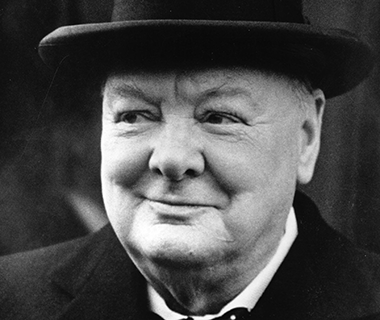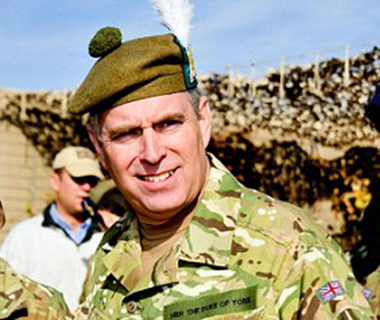Gheluvelt
Gheluvelt
October 1914 – GHELUVELT
In World War I the Regiment raised forty-five battalions and lost 17,000 officers and men in killed alone. The battle of Gheluvelt, Ypres was one of the more memorable actions fought by the Regiment when 2 RSF could fairly claim to have helped save the day. In October 1914 the German Army, having failed to gain a quick victory in France, sought to turn the left flank of the Allied Armies, sweep down the coast, thus cutting the British Expeditionary Force off from its base, and strike at the rear of the Allies. This move if successful would probably have brought the Great War to a disasterous conclusion as far as France and Britain were concerned.
The Germans failed because they were unable to break through the weary attenuated British Army which faced them at Ypres, the old fortified Belgian town which stands within a few miles of the coast.In this battle the 2nd Battalion the Royal Scots Fusiliers fought most gallantly on the Kruseik Ridge, two miles south of Gheluvelt village.
On the evening of 27th October the Battalion, now less than 500 strong, took up a position in the Kruseik area; A Company (Captain Le Gallais) and B Company (Major Burgoyne) held the ridge itself with the remainder of the Battalion supporting them. The Battalion had already been in the trenches since the 17th and had lost 8 officers and 500 men.
On the 29th the first German attack came with the dawn; that night, after a day’s hard fighting, Burgoyne’s two companies, considerably under strength, were surrounded on three sides by the Germans but maintained their position in the face of heavy oncoming fire. On this night Burgoyne was joined by D Company, less than 30 strong. The main attack came on the 30th and Von Fabeck’s Army Group flung itself on the Gheluvelt Messines sector. On Kruseik Ridge the Fusiliers were almost completely cut off but the Germans despite all their efforts were still unable to dislodge them. Orders to Burgoyne, instructing him to withdraw, never reached him and Burgoyne himself was wounded and unconscious. That night it was obvious that the troops on the ridge were alone amongst the enemy, and Burgoyne, now recovered, ordered his three Companies to withdraw independently. Only A Company rejoined the remainder of the Battalion, for Burgoyne and the four survivors of his Company were captured when they stumbled into a German regiment in the dark.
Next day, the German assault reached its peak ; by nightfall the British line had been broken but, by a miracle, had re-formed and held, and Ypres and the Channel ports were saved
But in the holocaust the remainder of the Battalion had ceased to exist; all were dead or prisoners at the day’s end save for 2 subalterns and 30 men who had been scattered and lost in the confusion.They re-formed on 1st November to find themselves the sole survivors of an entire battalion, although some others were able to rejoin later .
The 2nd Battalion was only part of the 7th Division, which held a two-mile front for ten days against two Army Corps, but it was by such examples as Burgoyne and his men set that the battle – and the war – was won. Moreover, had Kruseik Ridge fallen on the morning of the 30th, nothing could have stopped the German breakthrough that day and the road to the coast would have been open.
Opening times
We are open Monday -Thursday 9am-4pm and Friday 9am-3pm. We are closed over Christmas and New Year.
Admission
Entry to the museum is FREE although donations are most welcome. If you are bringing a larger groups it's best to let us know in advance.



Get in Touch
- call us
0141 332 5639
- our address
518 Sauchiehall Street, Glasgow, G2 3LW, Scotland
